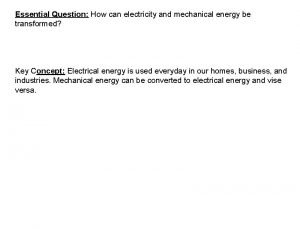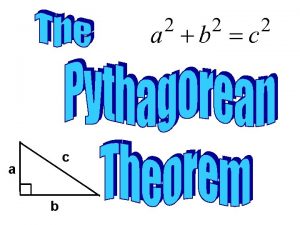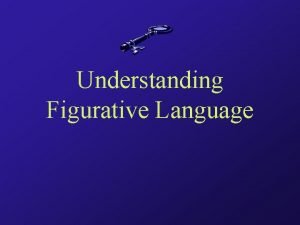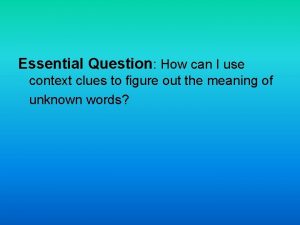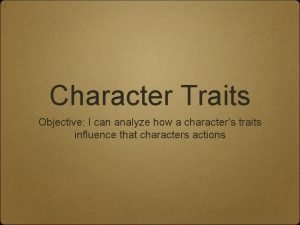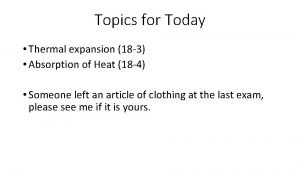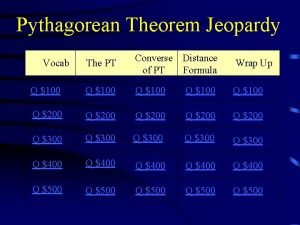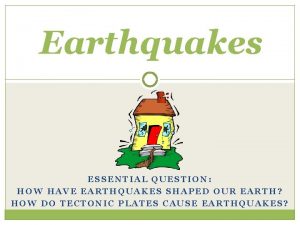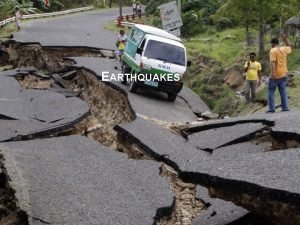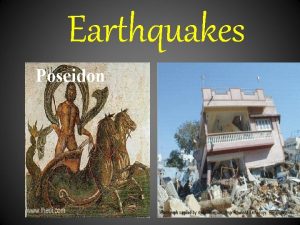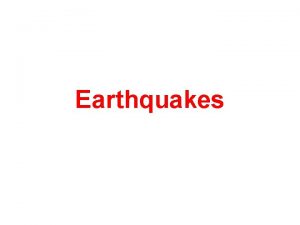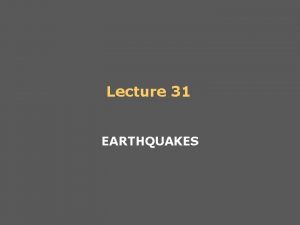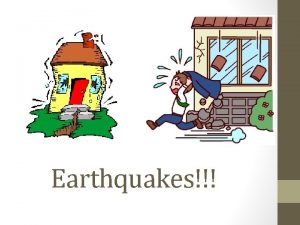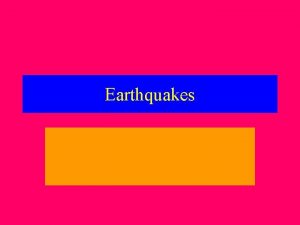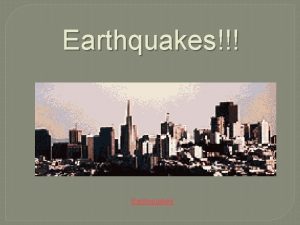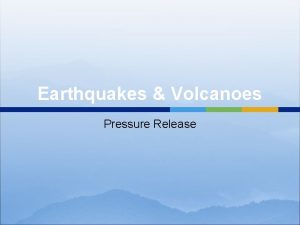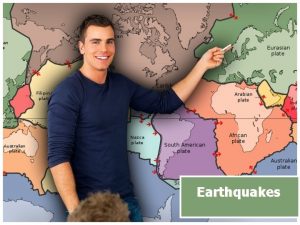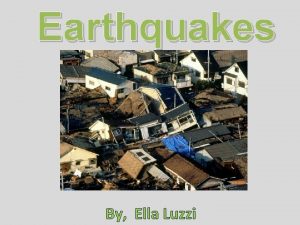Earthquakes ESSENTIAL QUESTION HOW HAS EARTHQUAKES SHAPED OUR




















- Slides: 20

Earthquakes ESSENTIAL QUESTION: HOW HAS EARTHQUAKES SHAPED OUR EARTH? HOW DO TECTONIC PLATES CAUSE EARTHQUAKES?


Whose Fault is it? Faults are fractures in Earth where movement has occurred Because earthquakes occur when two plates rub together, they are often said to occur on fault lines. Faults occur because forces inside the Earth cause Earth’s plates to move placing stress on or near the plate edge

What are the types of Faults? To relieve this stress, the rocks tend to bend, compress, or stretch If the force is great enough the rocks will break. This breaking produces an earthquake. An earthquake is when abrupt shakings of the Earth are caused by the release of built up pressure on the Earth’s surface

What are the 3 types of Faults? 3 types of forces act on rocks: tension, compression, and shear Normal Faultcaused by rock above the fault moving downward in relation to the rock below the fault

What are the 3 types of Faults? • Reverse faults result from compression forces that squeeze rock. • If rock breaks from forces pushing from opposite directions, rock above a reverse fault surface is forced up and over the rock below the fault surface.

What are the 3 types of Faults? At a strike-slip fault, rocks on either side of the fault are moving past each other without much upward or downward movement The San Andreas Fault is the boundary between two of Earth’s plates that are moving sideways past each other.

What are the features of an Earthquake? Seismic Waves- waves generated by an earthquake, can move the ground forward and backward, up and down, and side to side Focus- an earthquake’s point of energy release This is the point within Earth where the earthquake starts Epicenter- is the point on the earth’s surface directly above the earthquake focus

What are the types of Seismic Waves that are produced? Primary Waves (P-Waves)- cause particles in rocks to move back and forth in the same direction that the wave is traveling Secondary Waves (S-waves)- move through Earth by causing particles in rocks to move at right angles to the direction of wave travel. Surface Waves- are seismic waves that travel along Earth’s outer layer These waves cause most of the destruction resulting from earthquakes

P-waves Surface waves

How do we locate an Earthquake? The different speeds of seismic waves allow scientist to determine the epicenter Primary waves move fastest Secondary waves follow Surface waves move slowest and arrive at the seismograph station last The difference in arrival times is used to calculate the distance from the seismograph station to the earthquake epicenter

How do we locate an Earthquake? Seismic waves from earthquakes are measured with an instrument known as a seismograph Consists of a rotating drum of paper and a pendulum with an attached pen The paper record of a seismic event is called a seismogram


How do we measure an earthquake? We can measure earthquakes by its: Intensity – a measure of the effects on an earthquake at a particular location OR Magnitude: Magnitude a measure of the strength or amount of energy released during an earthquake

How do we measure an earthquake? The Richter scale is used to describe the strength of an earthquake and is based on the height of the lines on the seismograph

How do we measure an earthquake? The Mercalli Scale is based on actual observations of damage

Mercalli vs. Richter Scale

Earthquake dangers… Most earthquake damage occurs when surface waves cause building, bridge, and roads to collapse However, an earthquake under the ocean causes a sudden movement of the ocean floor The movement pushes against the water, causing a powerful wave that can travel thousands of kilometers in all directions These ocean waves caused by earthquakes are called seismic sea waves, or tsunamis


 Costa's level question
Costa's level question Plamatic acid
Plamatic acid Language
Language Formula hipotenusa triangle rectangle
Formula hipotenusa triangle rectangle Essential question generator
Essential question generator Essential question for pythagorean theorem
Essential question for pythagorean theorem Language
Language Essential question about identity
Essential question about identity Essential question for context clues
Essential question for context clues What is the essential question in cornell notes
What is the essential question in cornell notes Asking essential questions
Asking essential questions Essential question for multiplication
Essential question for multiplication Essential question gif
Essential question gif Objective traits
Objective traits Cornell way
Cornell way Poetry essential questions
Poetry essential questions A cylinder shaped jar
A cylinder shaped jar A square plate made of lead has an oval shaped hole
A square plate made of lead has an oval shaped hole Jane and miguel are siblings. they go to different schools
Jane and miguel are siblings. they go to different schools Thinking affects our language which then affects our
Thinking affects our language which then affects our Our census our future
Our census our future




